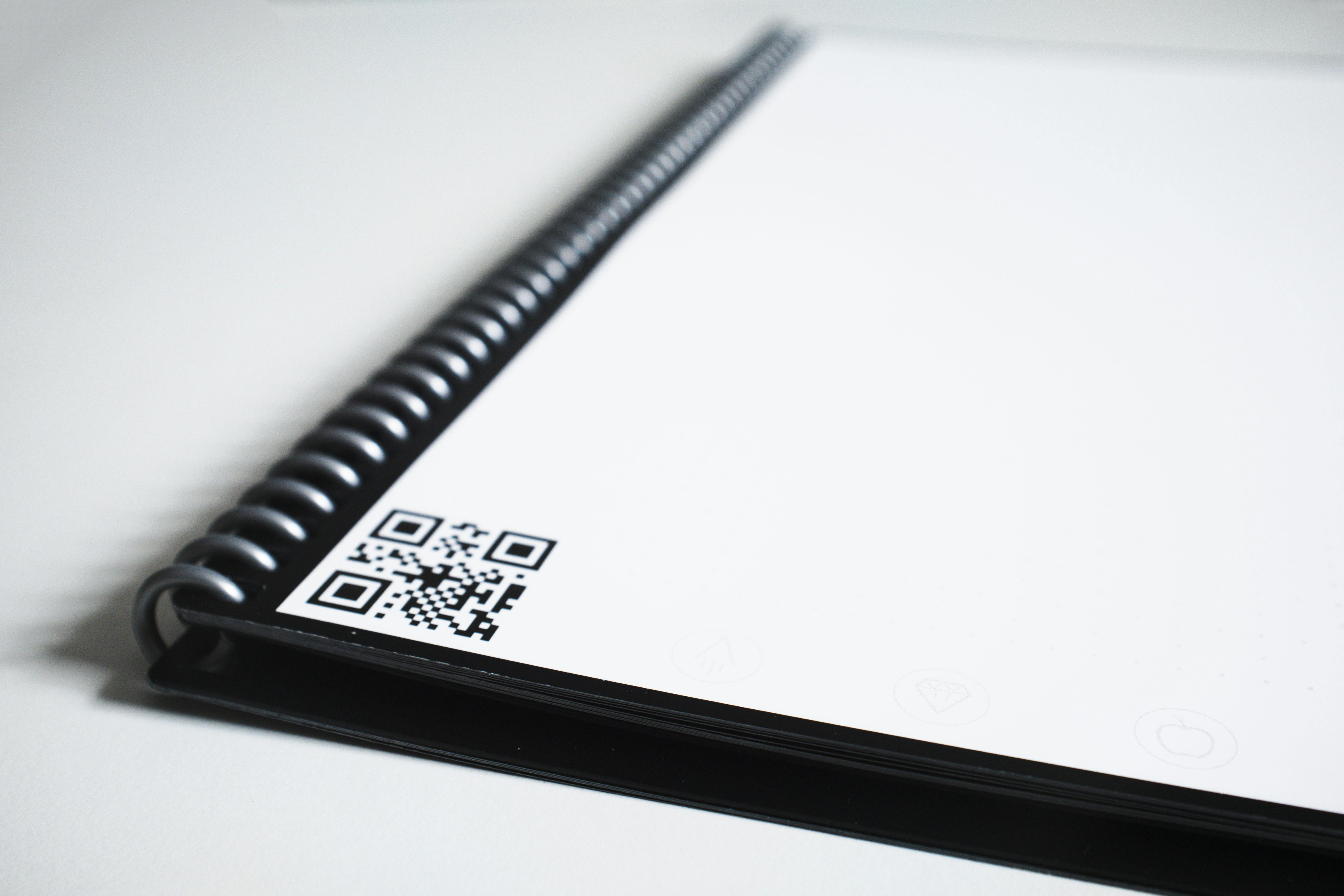With many of today’s new teaching / learning tools, resources, and techniques that focus on project-based learning, one might wonder where books fit in. How do we take literature and textbooks and incorporate them into this new mode of teaching?
Reading is the sister of thought. But, as is often true, these sisters are very different. Reading is an active learning method, unlike listening, which is a passive learning method. (Introverted extrovert)
To improve reading proficiency, students should be encouraged to participate physically as well. Reading sections aloud and making gestures are ways to participate physically. This creates an active component for the visual learner and an activity for the kinesthetic learner. The eye movement required by reading also creates subtle but active engagement as you track words, turn pages, or, if you read digitally, click your mouse, or turn pages. Carrying a story in short-term memory is part of the passive engagement of literacy learning.
Reading makes the juices of creative learning flow in a student’s brain. While reading, it would be a missed opportunity for integrated education not to take advantage of participation in writing as well. A simple strategy is to read with a pen in hand. As the student reads, take notes in the margins, underline, circle, and highlight.
That? Write in the book? Well, we probably all remember buying used college textbooks that were highlighted and had notes in the margins. They often helped us study, making writing in books a great idea! However, if you are a purist, get a notebook and write it down. Reading e-books allows you to highlight text with a swipe of your finger and take note of important concepts with the touch of a finger.
Regardless of how you choose to take notes and what tools and resources you choose to use, writing down the key concepts and any questions, new words, supporting details, etc. creates another active literacy learning opportunity.
Learning to identify key concepts while reading is the number one skill in learning to read and write. Textbook authors tend to do that for us by providing subject titles and subtitles. However, much of the literature does not give these clues and that is where the passive thinking brain comes in.
Have you heard of the term “thought residue”? According to a study conducted at the University of Virginia, the residue of thought is memory. This study says that learning to activate memory with little clues is easier when we engage our senses more; creating a very personal form of integrated learning! Studies have shown that chewing gum or nibbling on a snack, fragrances in the air, soft classical instrumental music in the background, and highlighters in a variety of colors – key concepts would be one color, supporting concepts, and new words would be other colors. they are all ways to improve memory.
Along with reading for comprehension, learn to question what you are reading. Is it true or is it biased? What supporting documentation do you need? What else needs to be learned to determine the validity of the concept? Write down these questions and thoughts as well. Some of them may be answered in the text, others may lead to your next book!
If you are teaching literacy, make sure your students write a short descriptive paragraph or two about what the main concept was, whether or not they agree with the ideas, and what new ways of thinking the text inspired. Vocabulary words should also be searched for and incorporated into memory using them at least 3 times each in daily speech.
The ability to use integrated education and project-based teaching techniques provided by many of the tools and resources that made homeschooling a viable and successful educational option are being explored at an unprecedented rate. Regardless of your choice for your child’s education, improved literacy should be part of your tools and resources and of your day.
